As car enthusiasts, we’ve all heard the terms “body-on-frame” and “unibody” tossed around when discussing the construction of vehicles. But what do these terms really mean, and which one is better suited for your driving needs?
In this comprehensive guide, we’ll delve into the world of vehicle construction, exploring the main differences between body-on-frame and unibody designs. We’ll examine the benefits and drawbacks of each type, so you can make an informed decision when choosing your next ride.
Body-On-Frame Construction: The Classic Approach
The traditional body-on-frame design has been around for decades, and it’s still widely used in many modern vehicles. This construction method involves attaching a separate frame to a vehicle’s body, which is typically made from sheet metal or fiberglass.
In a body-on-frame setup, the frame serves as the primary structure of the vehicle, providing the foundation for the engine, transmission, and suspension. The body, on the other hand, is attached to the frame using bolts or welds. This design allows for a more robust and durable construction, with better weight distribution and a lower center of gravity.
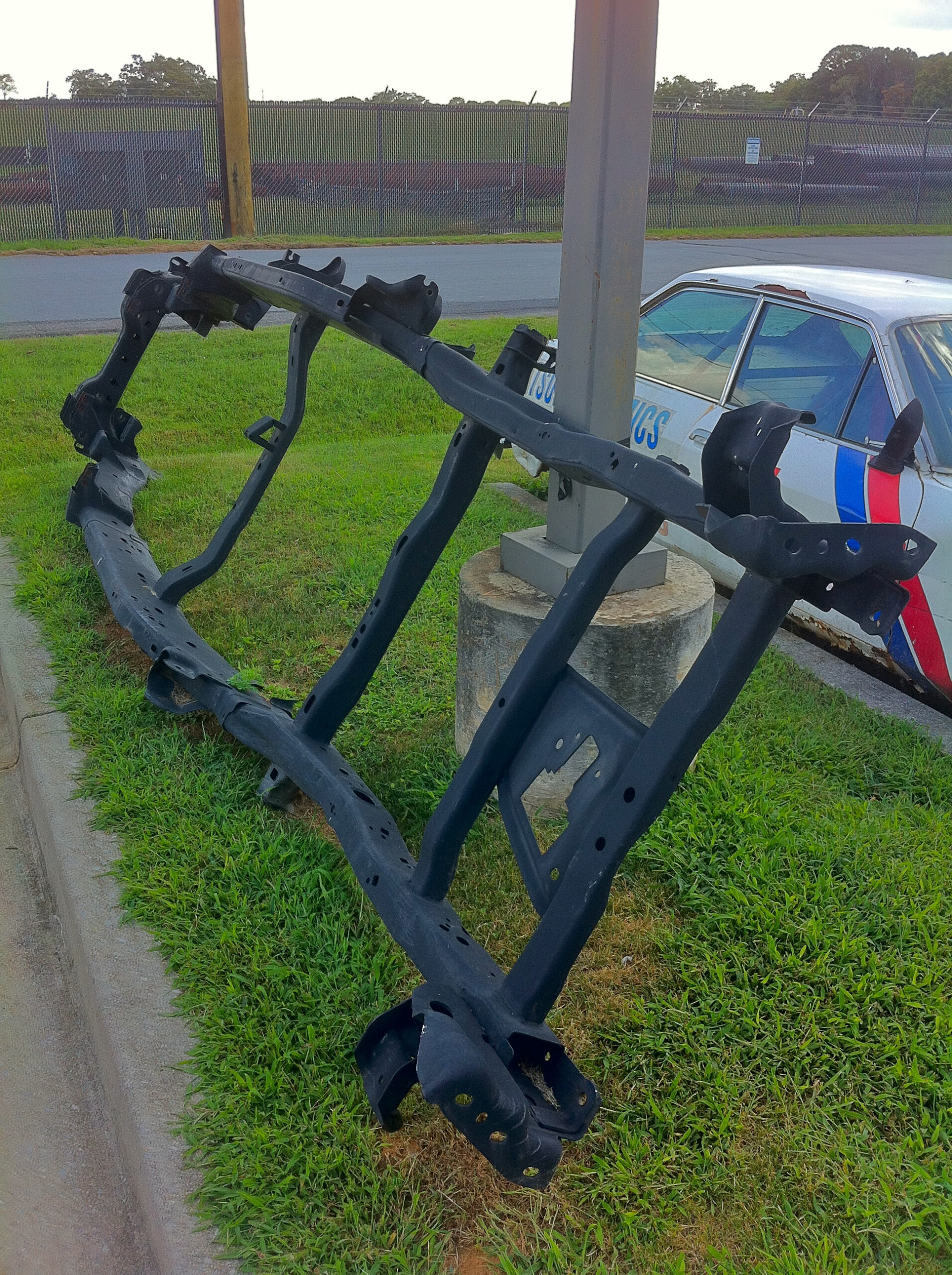
Image by Christopher Ziemnowicz
Pros of Body-On-Frame Construction:
- Strength and Durability: Body-on-frame designs are known for their ruggedness and ability to withstand heavy use.
- Increased Stiffness: The frame provides a solid foundation for the vehicle, making it stiffer and more predictable.
- Higher Ground Clearance: The separate frame can increase ground clearance, making it better suited for off-road driving.
Cons of Body-On-Frame Construction:
- Higher Center of Gravity: With the engine and transmission mounted on the frame, the center of gravity is higher, resulting in worse stability.
- Increased Weight: The additional weight of the frame can affect fuel efficiency and handling.
- Rust and Corrosion: The exposed metal in a body-on-frame design can be more prone to rust and corrosion.
Here some popular cars that use a body-on-frame construction:
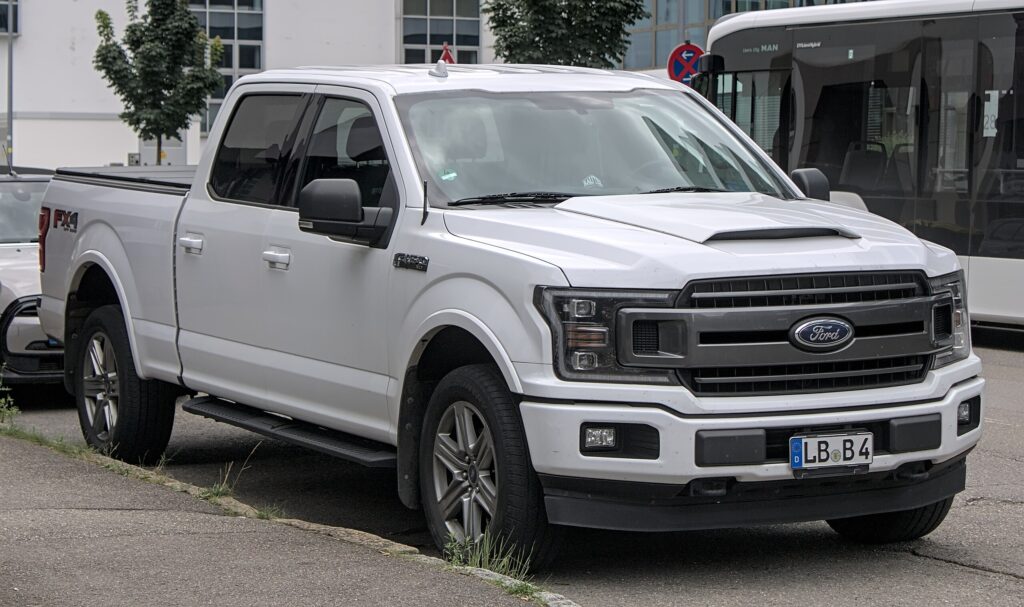
Ford F-Series: The Ford F-Series is one of the most iconic and best-selling trucks in the world, with its rugged body-on-frame design providing a strong foundation for heavy-duty hauling and towing.
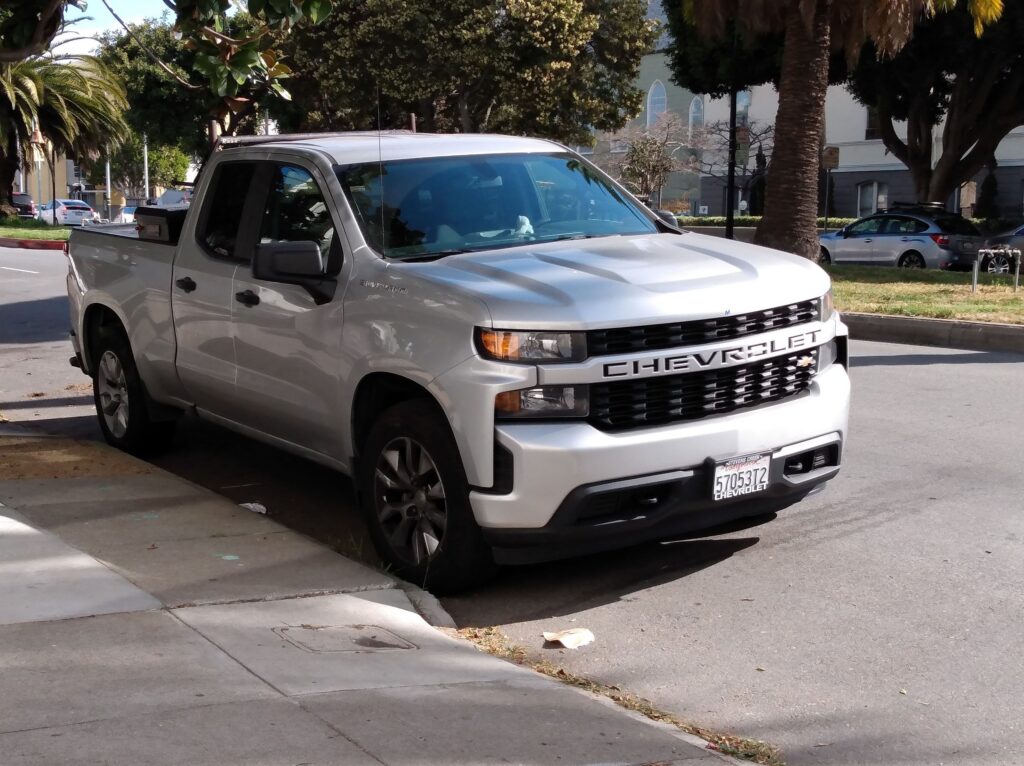
Chevrolet Silverado: The Chevrolet Silverado is another popular pickup truck that features a body-on-frame construction. Its robust frame allows it to handle demanding tasks like off-road driving and heavy payload capacity.
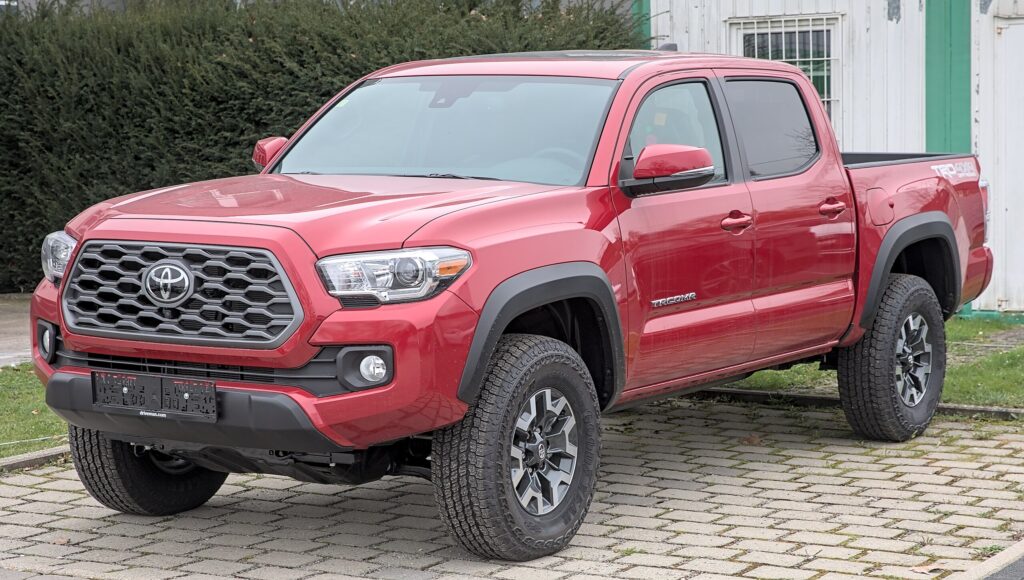
Toyota Tacoma: The Toyota Tacoma is a compact pickup truck that boasts a body-on-frame design, making it well-suited for navigating rough terrain and handling heavy loads.
These vehicles are all designed with strength, durability, and versatility in mind. Their body-on-frame construction provides a solid foundation for their capabilities, making them popular choices among drivers who need a reliable and capable vehicle.
Unibody Construction: The Modern Approach
Unibody construction, on the other hand, combines the frame and chassis into a single unit. This design eliminates the need for a separate frame, creating a more compact and efficient vehicle.
In a unibody setup, the body and chassis are fused together using high-strength steel or aluminum. This allows for improved structural integrity, reduced weight, and enhanced fuel efficiency.

Pros of Unibody Construction:
- Improved Fuel Efficiency: With the elimination of a separate frame, unibodies tend to be lighter, resulting in better gas mileage.
- Enhanced Safety: The single-unit construction provides additional protection in the event of a collision.
- Compact Design: Unibodies are often more compact than body-on-frame designs, making them ideal for urban driving.
Cons of Unibody Construction:
- Reduced Strength and Stiffness: Due to the lack of a solid frame, unibodies can have worse handling.
- Limited Off-Road Capability: The compact design and lower ground clearance of unibodies may limit their off-road potential.
Here some popular cars that use a unibody construction:
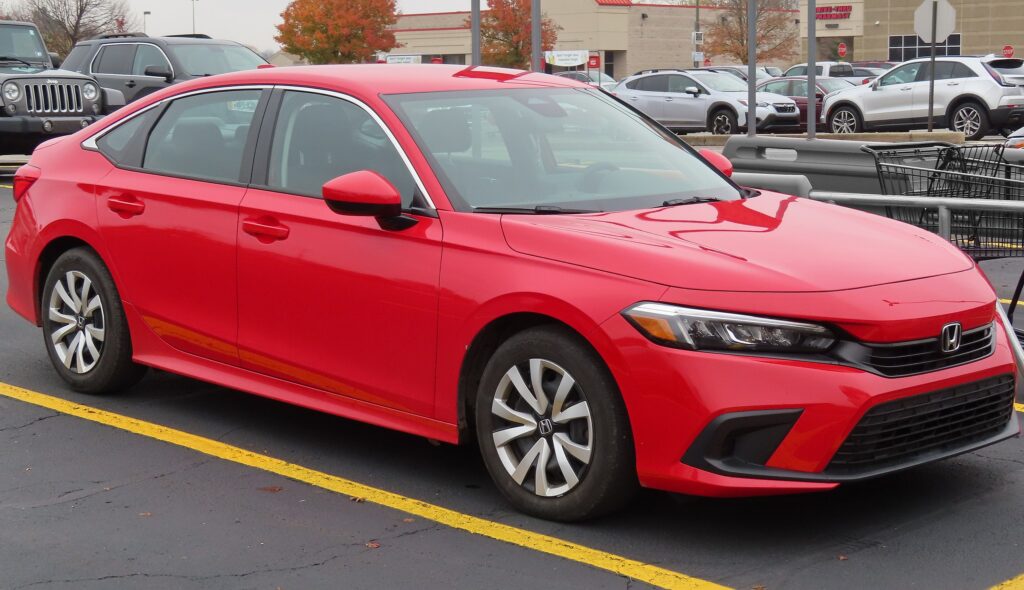
Honda Civic: The Honda Civic is a compact sedan known for its fuel efficiency, agile handling, and impressive safety features. Its unibody design allows it to provide excellent crash protection and reduced weight.
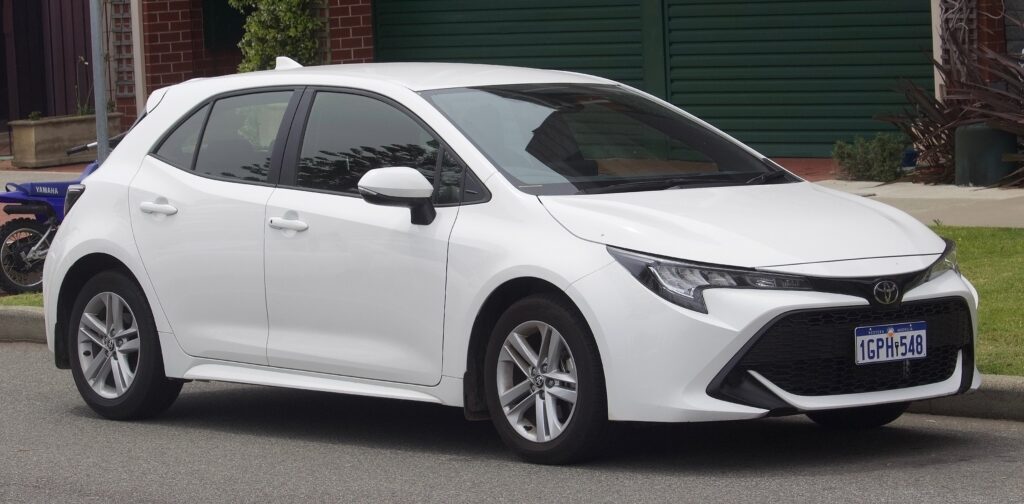
Toyota Corolla: The Toyota Corolla is another popular compact car that uses a unibody construction. It offers improved fuel economy, enhanced safety features, and a more compact size for easy maneuverability in urban areas.
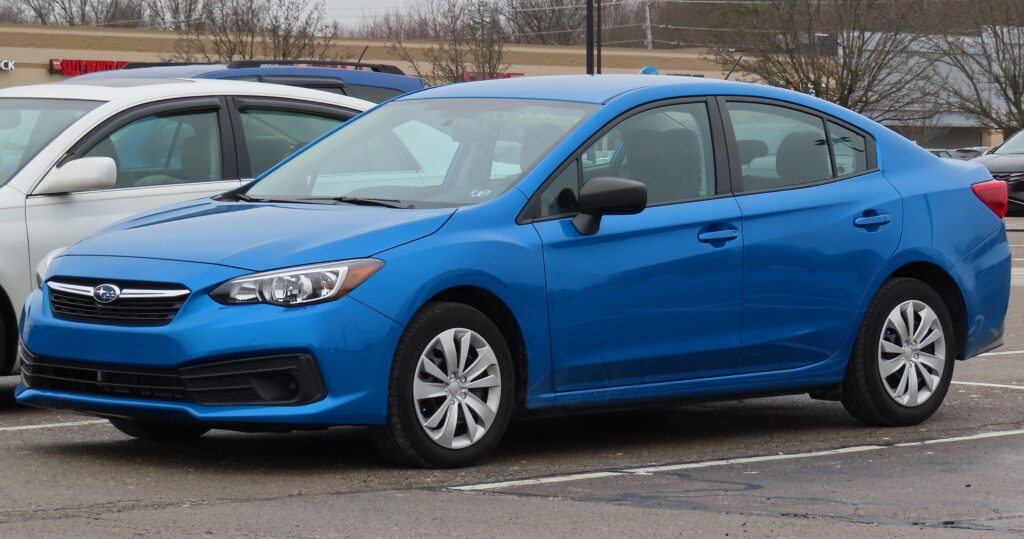
Subaru Impreza: The Subaru Impreza is a compact sedan or hatchback with all-wheel drive capability, making it well-suited for navigating rough terrain and handling heavy loads. Its unibody design provides improved strength and safety features.
These vehicles are designed to provide excellent performance, fuel efficiency, and safety features while minimizing weight. Their unibody construction
allows them to offer a more compact size, improved maneuverability, and enhanced crash protection.
The Verdict: Which is Better for You?
Ultimately, the choice between body-on-frame and unibody construction comes down to your specific needs and preferences. If you prioritize strength, durability, and ground clearance, a body-on-frame design might be the way to go.
However, if you’re after improved fuel efficiency, enhanced safety features, and a more compact design, a unibody construction could be the perfect fit for you.
Key Considerations:
- Off-Road Capability: If you plan to venture into the great outdoors frequently, a body-on-frame design might be a better choice due to its higher ground clearance and increased strength.
- Urban Driving: For city driving, a unibody construction is often preferred due to its compact size and improved fuel efficiency.
Conclusion:
The debate between body-on-frame and unibody construction is an ongoing one, with both sides having valid arguments. By understanding the benefits and drawbacks of each design, you can make a more informed decision when choosing your next vehicle.
Whether you’re a seasoned car enthusiast or just starting to explore the world of automotive construction, this guide has provided you with a comprehensive overview of the two most popular methods.
